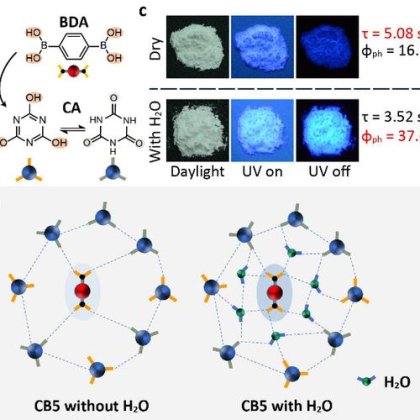| Notes | XRD & 1HNMR spectra, user instruction for enquiring |
| Store | 25℃ under N2 atmosphere |
| Packaging | 10g, or as required in glass bottle |
| Solubility | Soluble in EtOH, DMF, DMSO, water et al |
| Appearance | white solid |
| Purity | 99.9% |
| Linear Formula | CH6ClN |
| CAS Number |
593-51-1 |
| Mol. Weight | 67.52 |
| Name(EN) | MACl |
| Synonym | CH3NH3Cl/MACl |
Defect passivation by a betaine-based zwitterionic molecule for high-performance p-i-n methylammonium-based perovskite solar cells
Chen, Qiaoyun; Yang, Xudong; Zhang, Jiajia; Fu, Jianfei; Jiang, Zhixuan; Song, Bo; Xu, Pan; Zhou, Yi [Solar Energy Materials and Solar Cells,
Abstract
The quality of perovskite films plays a vital role in the performance of perovskite solar cells (PSCs). Additive engineering has been proven to be an effective strategy for reducing defects in perovskite films. In this study, a betaine-based zwitterionic molecule, [2-(methacryloyloxy) ethyl] dimethyl-(3-sulfopropyl) ammonium hydroxide (denoted as SBMA), is employed as an additive in p-i-n PSCs. SBMA can passivate the defects in two ways: (1) The ester groups and SO3 passivate the positively charged defects. (2) Quaternary ammonium ions can passivate the negatively charged defects. The addition of SBMA reduces the trap density in the perovskite films, and therefore, nonradiative recombination is effectively suppressed. A champion power conversion efficiency (PCE) as high as 21.39% for p-i-n PSCs based on CH3NH3PbI3 is achieved, and the thermal and humidity stability is improved. Moreover, when the active area was increased to 0.27 cm and 1.1 cm, the device with SBMA could achieve PCEs of 20.18% and 18.43%, respectively.

| Characteristic 1 | Cl |
| Characteristic 2 | NH3 |













